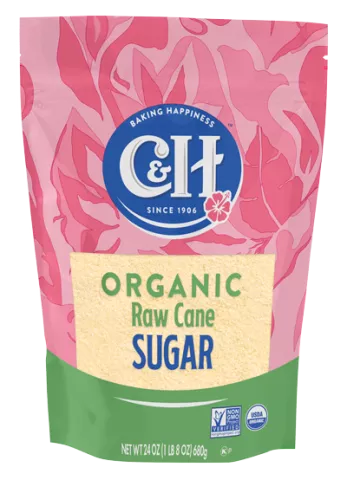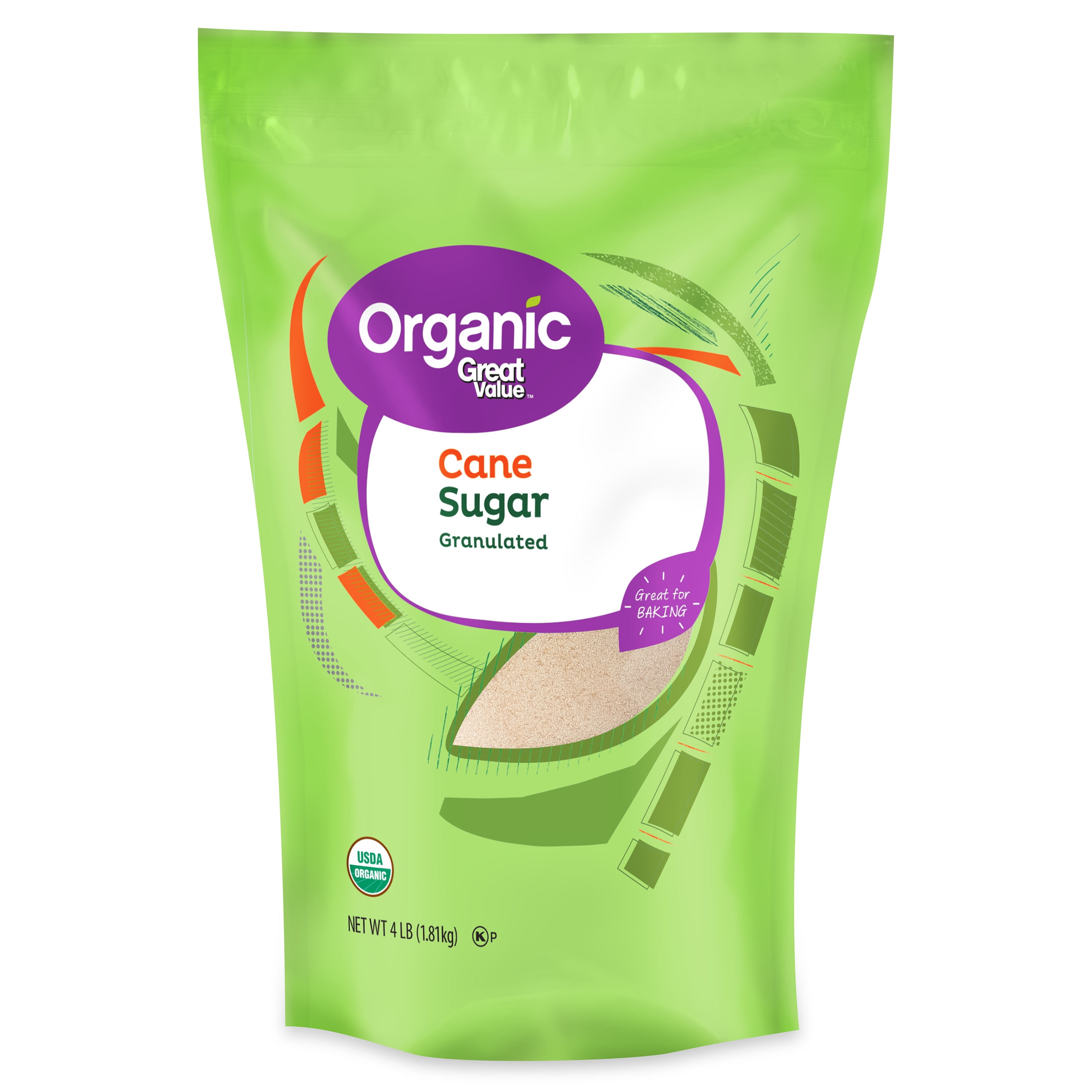Effective Cane Sugar Processing: Making Best Use Of Yield and Pureness
Effective Cane Sugar Processing: Making Best Use Of Yield and Pureness
Blog Article
A Thorough Overview to the Environmental Impact and Sustainability Practices in Walking Cane Sugar Handling
The ecological effect of walking stick sugar processing presents an intricate array of obstacles that warrant careful exam. From soil deterioration and extreme water use to the carbon impact associated with growing and production, the effects of traditional techniques are far-reaching. What details techniques can be implemented to strike a balance in between performance and ecological stewardship?
Overview of Walking Stick Sugar Handling
Cane sugar processing entails a series of methodical actions that transform sugarcane right into refined sugar. Initially, collected sugarcane is transported to processing facilities, where it undertakes cleansing to get rid of dirt and particles. Following this, the walking cane is crushed to extract juice, which is after that clarified by removing impurities with heating and the enhancement of lime.
The cleared up juice undergoes dissipation, where water is eliminated to focus the sugar content. These crystals are separated from the remaining syrup using centrifugation, resulting in raw sugar.
The last item is then dried and packaged for distribution. Throughout this entire process, keeping efficiency and quality assurance is vital to make certain the sugar fulfills industry standards. Each action in walking cane sugar processing not only adds to the final product yet likewise has effects for source use and waste generation, establishing the stage for discussions on sustainability and environmental impacts related to sugar production.
Environmental Challenges of Manufacturing
The production of walking cane sugar offers several substantial environmental difficulties that warrant attention. One key problem is the considerable use agrochemicals, consisting of plant foods and chemicals, which can bring about dirt deterioration, biodiversity loss, and contamination of neighborhood water resources. The runoff from sugarcane areas typically lugs these chemicals right into neighboring communities, interrupting marine life and impacting the health of areas reliant on these water bodies.
One more difficulty is the high energy consumption associated with sugarcane processing. The boiling and refining phases call for considerable warmth, mainly produced by melting nonrenewable fuel sources, adding to greenhouse gas exhausts. In addition, the large land area needed for sugarcane cultivation can lead to logging and environment damage, more worsening climate modification and harmful wildlife.
Additionally, the labor practices in some areas elevate ethical concerns, as workers might face poor working conditions and poor wages. This scenario typically perpetuates a cycle of destitution in regional areas. Cane Sugar Processing. Attending to these ecological difficulties is critical for creating more sustainable techniques in walking cane sugar manufacturing, inevitably profiting both the atmosphere and the neighborhoods involved in this market
Water and Land Use Influence
Water sources and land utilization are critical components in the walking stick sugar industry that dramatically affect the atmosphere. The farming of sugarcane requires considerable water input, with price quotes suggesting that it can consume approximately 2,000 litres of water per kilogram of sugar generated. This extensive use water usually brings about exhaustion of regional water sources, impacting not only the sugarcane haciendas but also surrounding communities and communities that depend on the same water sources for farming and domestic usage.

Furthermore, land use for sugarcane farming can lead to deforestation and the conversion of natural environments into monoculture haciendas. This practice reduces biodiversity, disrupts neighborhood communities, and adds to dirt deterioration. The growth of sugarcane areas usually trespasses on important farming land, producing competition for sources in between food and biofuel manufacturing.
Sustainable methods, such as maximizing watering techniques and carrying out crop rotation, are vital to alleviate these influences. By taking on extra efficient water use and land administration approaches, the cane sugar industry can lower its ecological footprint, making certain an equilibrium between agricultural performance and environmental conservation.
Greenhouse Gas Emissions
Greenhouse gas discharges represent a considerable ecological concern within the cane sugar processing market, specifically as farming techniques increase to meet international demand. The farming of sugarcane, a crop that prospers in tropical climates, counts heavily on artificial plant foods and chemicals, which contribute to laughing gas discharges. Our site Additionally, land-use changes, including deforestation for new sugarcane haciendas, launch carbon dioxide saved in vegetation and dirt.
Throughout processing, power intake is an additional major source of greenhouse gas discharges - Cane Sugar Processing. Lots of sugar mills make use of fossil fuels to power machinery and create heat, leading to significant carbon footprints. In addition, the transport of raw sugarcane and ended up products adds layers of exhausts through fuel combustion in automobiles
This involves reviewing existing farming practices, refining techniques, and transport systems to determine locations for improvement and reduction. Dealing with greenhouse gas discharges is crucial for cultivating an extra sustainable cane sugar market in a changing environment.

Sustainable Practices and Innovations
Lasting methods and technologies are increasingly crucial in the walking cane sugar processing sector as stakeholders look for to decrease environmental influences while maintaining efficiency. One considerable advancement is the implementation of integrated crop monitoring, which enhances source usage by combining dirt administration, parasite control, and plant rotation methods. This technique enhances yield while lessening chemical inputs and preserving soil health and wellness.
Additionally, the adoption of eco-friendly energy sources, such as biomass from sugarcane residues, has actually gotten traction - Cane Sugar Processing. By transforming waste items right into power, refining centers can reduce their reliance on fossil gas, thus decreasing greenhouse gas exhausts
Water administration practices have actually additionally seen improvements through the recycling and reusing of water in processing plants, significantly decreasing freshwater consumption. Advancements in modern technology, such as accuracy agriculture, enable farmers to check plant health and wellness and resource usage better, ensuring sustainable growing methods.
Additionally, certification programs like Fair Profession and Rain forest Alliance encourage eco responsible farming practices and promote social equity within the supply chain. By embracing these sustainable methods and developments, the walking cane sugar handling industry can enhance its resilience and add positively to environmental stewardship.
Conclusion
The environmental effect of walking cane sugar handling offers substantial obstacles, consisting of dirt destruction, high water intake, and greenhouse gas exhausts, along with honest concerns connected to labor practices. Dealing with these problems with sustainable methods, such as incorporated crop monitoring, eco-friendly energy adoption, and water recycling, is important. By promoting ecologically liable and socially equitable methods in sugar production, the industry can alleviate its adverse impacts, guaranteeing a more lasting future for both communities and neighborhoods associated with this market.
Walking official website cane sugar handling involves a collection of systematic actions that transform sugarcane into refined sugar. Each action in walking stick sugar handling not just adds to the last item yet additionally has effects for source use and waste generation, setting the stage for conversations on sustainability and environmental influences associated with sugar manufacturing.
Greenhouse gas emissions stand for a substantial ecological worry within the cane sugar processing market, specifically as agricultural methods broaden to fulfill global need.Sustainable methods and developments are increasingly important in the walking stick sugar handling sector as stakeholders seek to reduce ecological impacts while keeping efficiency.The environmental impact Learn More Here of walking cane sugar handling offers significant challenges, including soil deterioration, high water intake, and greenhouse gas emissions, alongside moral issues associated to labor methods.
Report this page